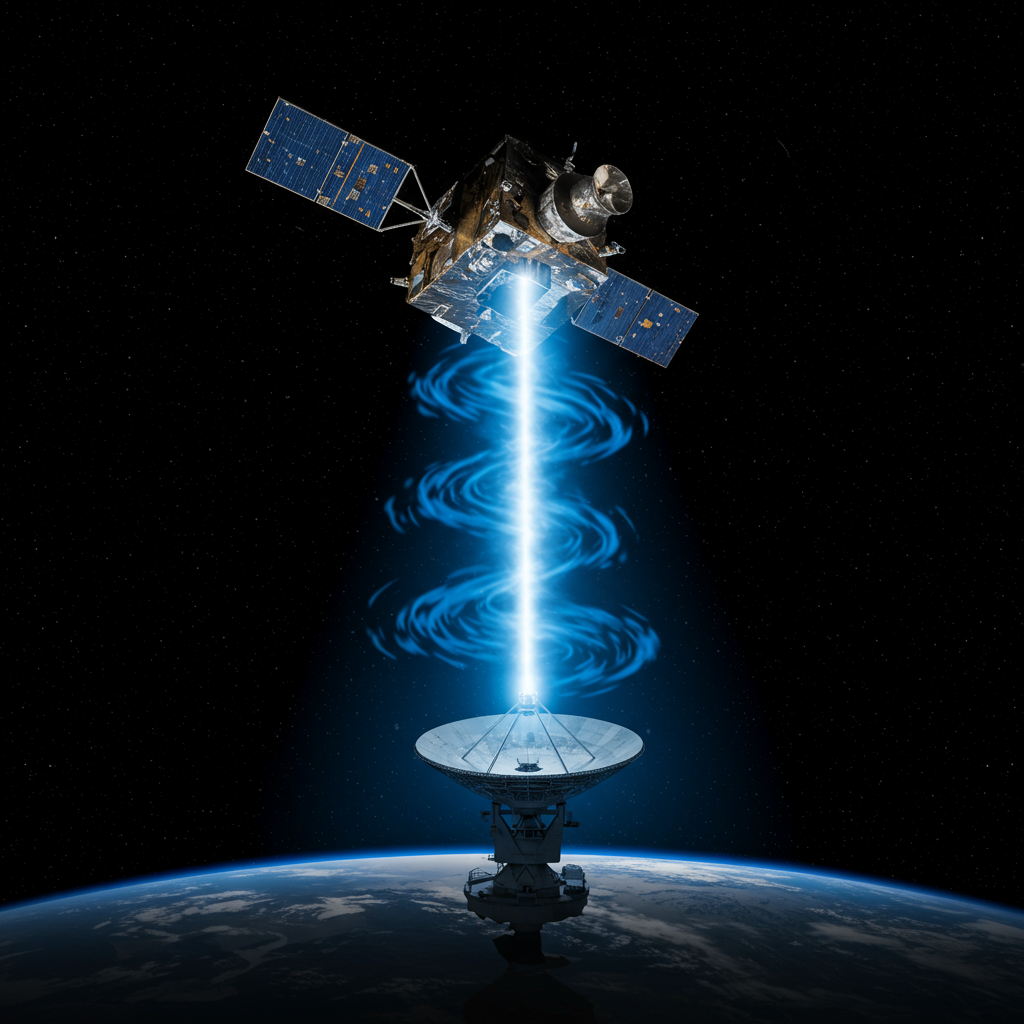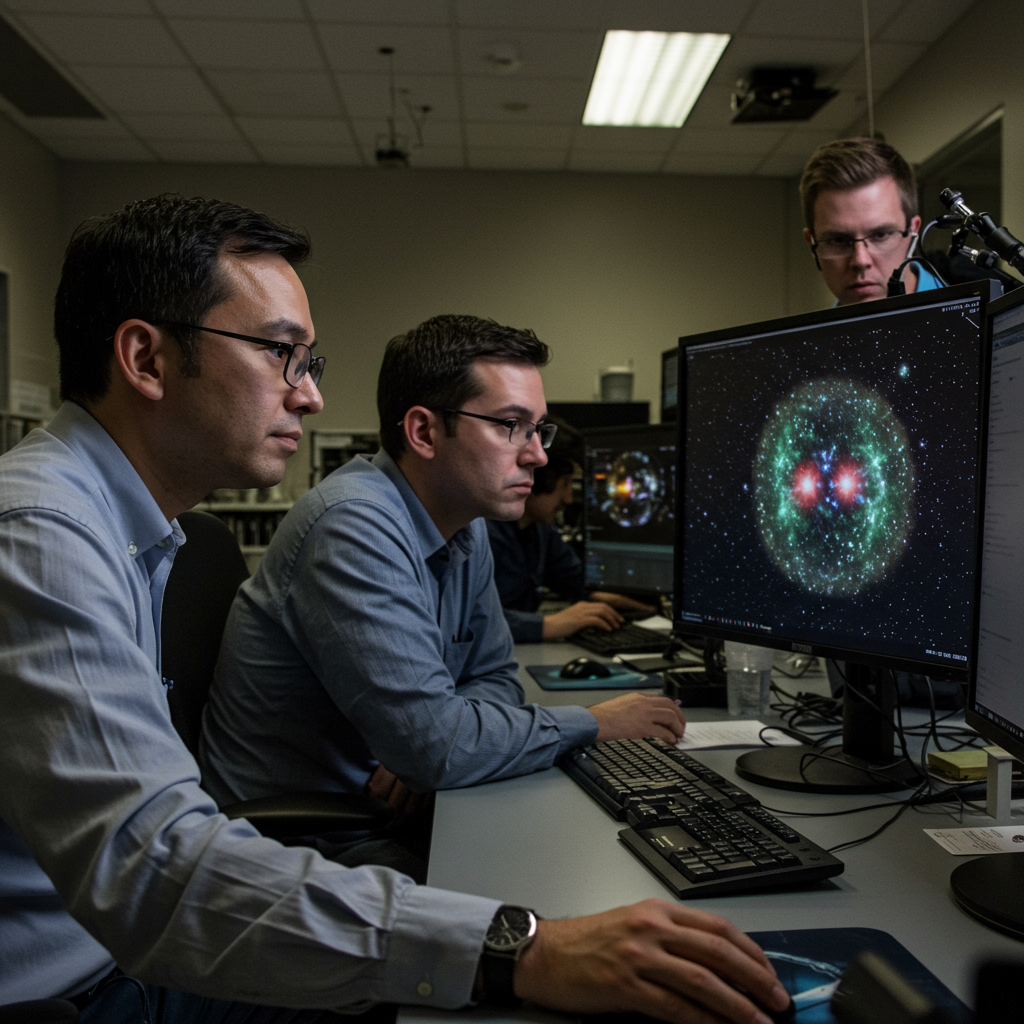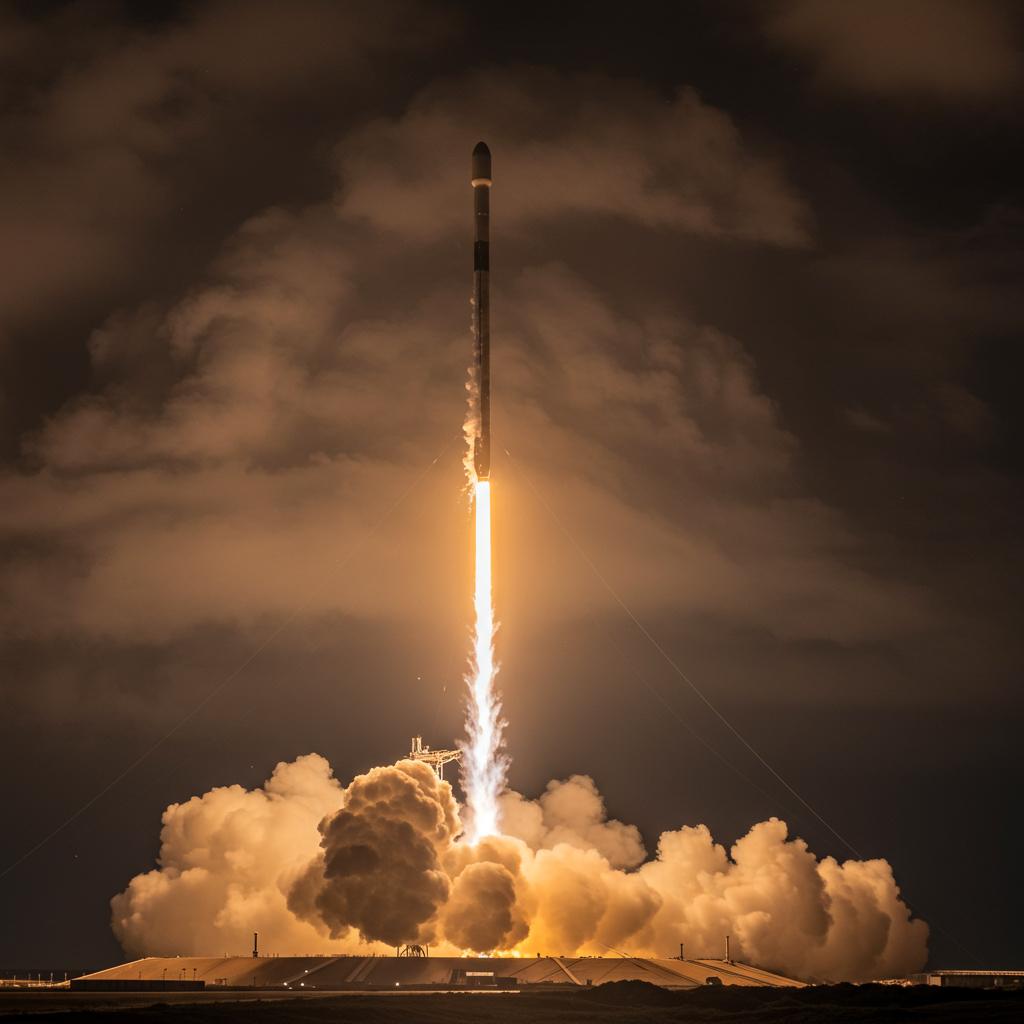Astronomers Trace Powerful ‘Ghost Signal’ Not to Deep Space, But a Long-Defunct Satellite
For years, astronomers have detected enigmatic bursts of radio waves from distant corners of the universe, known as Fast Radio Bursts (FRBs). These incredibly powerful, brief flashes typically originate millions or even billions of light-years away, often from exotic sources like magnetars. So, when a research team operating the Australian Square Kilometer Array Pathfinder (ASKAP) radio telescope detected an exceptionally strong, lightning-fast radio pulse on June 13, 2024, their immediate thought was they had captured another cosmic mystery.
But this signal held a surprising secret.
A Pulse Like No Other
The detected pulse was remarkable for its characteristics. It lasted less than 30 nanoseconds – significantly shorter than typical FRBs which usually span microseconds to milliseconds. Despite its fleeting duration, the signal was incredibly powerful, momentarily overpowering all other radio emissions the telescope was receiving from the sky. It occurred within a broad frequency range (695.5 to 1031.5 megahertz).
Initially, the signal’s strength and transient nature fit the profile of a distant FRB. However, follow-up analysis quickly revealed a crucial difference: its source was remarkably close to Earth. Unlike cosmic FRBs that show significant signal dispersion (lower frequencies arriving later due to travel through vast cosmic plasma), this signal had barely any measurable delay. This was a strong indicator it originated nearby. Furthermore, ASKAP’s array, optimized for distant sources, struggled to focus all its dishes on the exact origin point simultaneously, another clue pointing to a close source.
Tracing the Signal to a Silent Satellite
Armed with the knowledge that the burst came from relatively close by, the research team, led by astronomer Clancy James from the International Centre for Radio Astronomy Research (ICRAR), used near-field analysis techniques. They combined the precise time and location of the detection from ASKAP with publicly available satellite position data.
Using a tool called the Skyfield Python Module, which tracks the positions of stars, planets, and satellites, they cross-referenced potential orbital sources. They found one striking match: NORAD ID 737, corresponding to NASA’s long-defunct Relay 2 satellite.
Further calculations solidified the link. The estimated distance to Relay 2 at the moment of the burst was approximately 4,322 kilometers, closely aligning with the roughly 4,500 kilometers distance estimated from the signal characteristics. The satellite’s position in the sky was also just 3.2 arcminutes away from the observed burst location – a very small angular distance supporting the conclusion. The signal’s extreme brightness was simply due to the satellite passing directly over the ASKAP observatory when the emission occurred.
Relay 2: A Blast from the Past
Relay 2 was an experimental communications satellite launched by NASA in 1964. It was part of a project aimed at demonstrating the feasibility of transmitting television and telephone signals via satellite. While its sister satellite, Relay 1, launched two years prior, Relay 2 operated successfully for just over a year before its transponders stopped functioning in 1967. Since then, the satellite has been effectively dead, drifting silently in orbit at altitudes between 1,867 and 7,648 kilometers, with no signals heard from it for over five decades – until now.
What Caused the Unexpected Burst?
Scientists are certain the burst was not the result of the satellite spontaneously coming back to life or transmitting intentionally. Its systems failed decades ago and were incapable of generating such short, powerful pulses. Instead, two primary theories are being considered for this unexpected radio emission from the derelict craft:
- Electrostatic Discharge (ESD): This is the favored explanation. Satellites can build up electrical charges from interactions with Earth’s geomagnetic environment and the solar wind. When the voltage difference reaches a critical point, this stored energy can be suddenly released as a discharge, similar to a bolt of static electricity. Older spacecraft like Relay 2 lacked modern charge mitigation designs, potentially making them more susceptible to this phenomenon. Previous observations by the Arecibo telescope also detected similar, albeit longer, radio signals originating from GPS satellites, providing some precedent.
- Plasma Discharge from Micrometeoroid Impact: Another possibility is that the satellite was struck by a tiny piece of space debris or a micrometeoroid. Such an impact could potentially vaporize a small amount of material, creating a brief cloud of charged plasma capable of emitting radio waves.
- Satellite Monitoring: The detection demonstrates the potential for radio telescopes like ASKAP to remotely sense and study phenomena occurring on satellites, particularly harmful electrostatic discharges. Understanding ESD is crucial for designing more resilient spacecraft, especially with the increasing number of smaller, less-protected satellites being launched today. As astrophysicist Karen Aplin noted, this detection offers a new method for evaluating these events in space.
- www.sciencealert.com
- www.space.com
- www.universetoday.com
- www.newsweek.com
- futurism.com
While both theories are plausible, the challenge remains in fully explaining the signal’s extremely short, nanosecond duration, as current models often predict longer pulse lengths for these events. The exact trigger for the burst from Relay 2 could not be pinpointed, suggesting such events from this particular satellite might be rare.
Why This Discovery Matters
While finding a ‘cosmic’ signal originated from a piece of space junk might initially seem anticlimactic, researchers see this discovery as incredibly valuable and a significant learning opportunity. It highlights several crucial points for the scientific community:
Distinguishing Signals: As our space presence grows and astronomical instruments become more sensitive, it is increasingly important to accurately distinguish between genuine astrophysical phenomena and human-made signals, whether from Earth (like microwave ovens or trucks) or from objects in orbit.
Astrophysical Transient Searches: This event reveals a new type of “false event” or transient source that astronomers searching for cosmic signals like FRBs, or even high-energy particle cascades detected by other radio experiments, need to be aware of and account for.
The research detailing this surprising discovery has been accepted for publication in The Astrophysical Journal Letters, adding unique insights into potential sources of radio interference from seemingly inert space debris and underscoring the complexity of navigating signals in an increasingly crowded radio spectrum.




